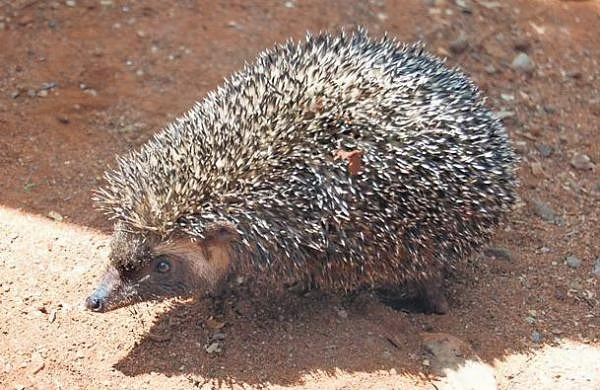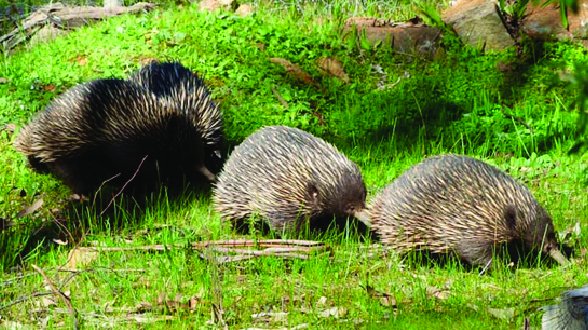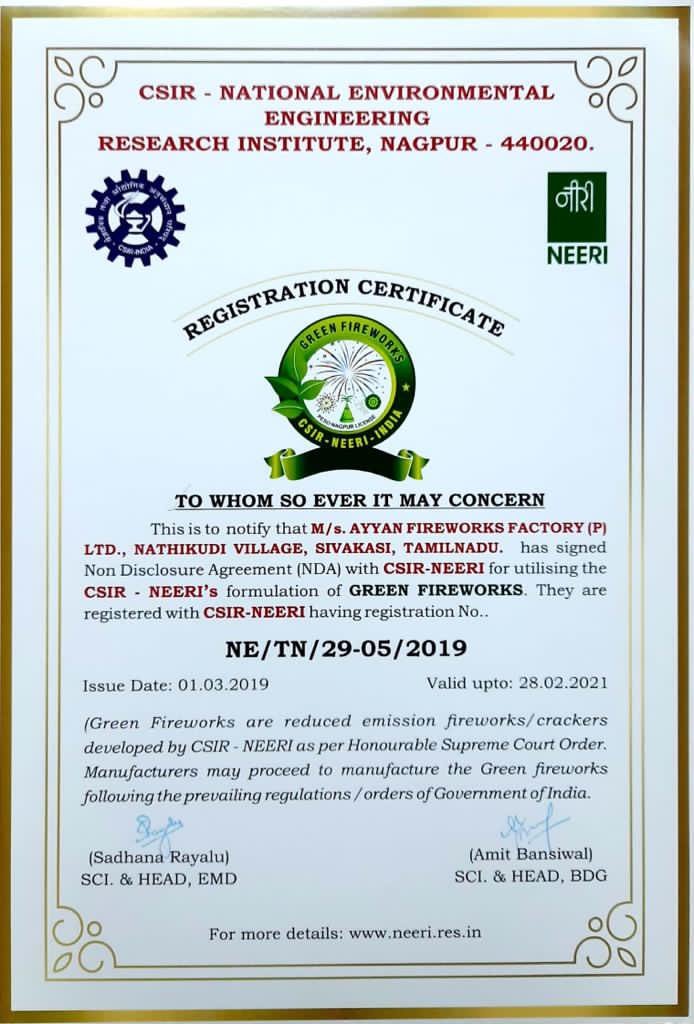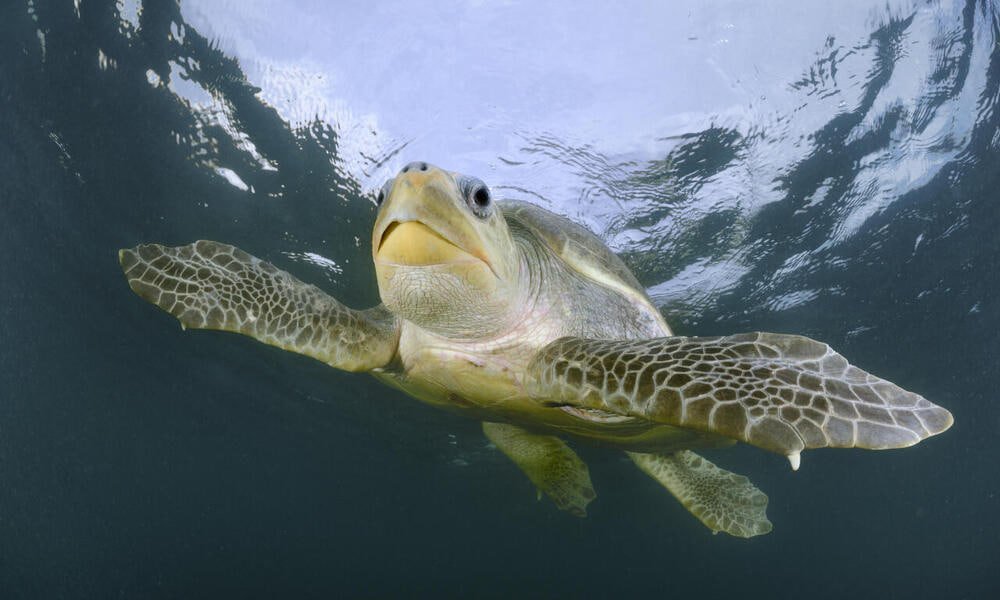
ੴ| Formerly EnvirForUPSC (76k+). This account will be sharing the news related to Environment & Ecology for UPSC, State PSCs. | #UPSC | #Environment |
How to get URL link on X (Twitter) App




 9. Like anteaters, the echidna has no teeth. Instead, the echidna has a long, sticky tongue to catch and chew its food: ants, termites, or earthworms.
9. Like anteaters, the echidna has no teeth. Instead, the echidna has a long, sticky tongue to catch and chew its food: ants, termites, or earthworms.

 9. Manufacturers need to sign a deal with the CSIR in order to make fireworks using the green cracker formulation.
9. Manufacturers need to sign a deal with the CSIR in order to make fireworks using the green cracker formulation.


 1. Olive Ridley Turtles are the smallest and most abundant of all sea turtles found in the world.
1. Olive Ridley Turtles are the smallest and most abundant of all sea turtles found in the world.

 Biosphere Reserves integrate three main functions:
Biosphere Reserves integrate three main functions: 

 Note: Bangladesh, Bhutan, and Nepal do not have biospheres as yet.
Note: Bangladesh, Bhutan, and Nepal do not have biospheres as yet.
 7. It is protected under Schedule IV of Wildlife (Protection) Act, 1972.
7. It is protected under Schedule IV of Wildlife (Protection) Act, 1972.
 1. It is the only scaly mammal on the planet. [It uses those scales to protect itself from predators in the wild].
1. It is the only scaly mammal on the planet. [It uses those scales to protect itself from predators in the wild].

 Batillipes kalami:
Batillipes kalami:

 She was also part of Mrityu Bahini, a death squad comprising groups of youth from the Gohpur sub-division of Assam.
She was also part of Mrityu Bahini, a death squad comprising groups of youth from the Gohpur sub-division of Assam. 

 Firstly, Let us know about recent discovery and findings.
Firstly, Let us know about recent discovery and findings.
 1. It is a member of the family Felidae (cats). It is also known as the cougar, mountain lion, panther and catamount.
1. It is a member of the family Felidae (cats). It is also known as the cougar, mountain lion, panther and catamount.

 1. It is a Old World Monkey, endemic to rainforests of Western Ghats.
1. It is a Old World Monkey, endemic to rainforests of Western Ghats. https://twitter.com/Ecology4UPSC/status/1652198227750555650



 1. Increased reflectivity from low clouds (spraying sea salt).
1. Increased reflectivity from low clouds (spraying sea salt).
 c. He opened the first native library for low-caste students.
c. He opened the first native library for low-caste students.